Creating Novel Targeted
Therapeutics
Therapeutics
Clinical Opportunity in Lung and Ovarian Cancer
The clinical reality of many of the most common and most aggressive cancers, including lung and ovarian, is that most patients will die from their disease.
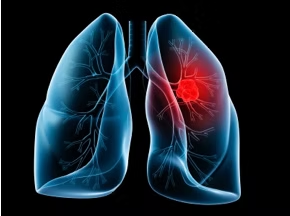
Lung: 130,810 deaths/year
Lung cancer continues to be the number one cancer killer of men and women with only a 22% 5 year survival rate.
Ovarian: 12,810 deaths/year
Patients have less than 50% chance of 5 year survival.
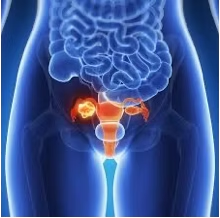
There is a clear unmet need for novel therapies to treat lung and ovarian cancer.
Targeting the DNA damage response for cancer therapy
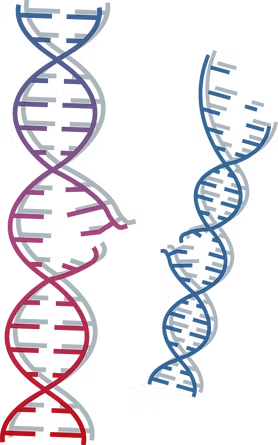
DNA repair and the DNA damage response (DDR) are validated target pathways for therapeutic intervention that have gained increasing interest since the approval of PARP inhibitors in a subset of human cancers. NĒRx Biosciences has developed a novel strategy to realize the full therapeutic promise of the DDR, by intervening upstream of the DDR kinases and targeting specific DDR sensors. NĒRx has programs targeting RPA, Ku and other undisclosed DDR sensors. This differentiated strategy is predicated on the lack of biologic redundancy to these proteins and the specificity afforded by novel protein structures and interactions that hold the potential for more effective and less toxic therapies. We have developed first in class innovative cancer therapeutic agents that possess robust single agent anti-cancer activity and are also designed to work in combination with DNA damaging agents and DNA repair targeted therapeutics. We are also exploiting recent scientific advances in our knowledge of the underlying biology of a variety cancers to create novel therapeutics. NĒRx is positioned to lead first-in-class and first-in-human trials with these novel agents.
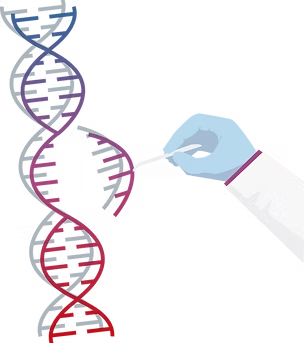
Discovery of Novel Inhibitors of DNA damage sensors
DNA damage sensors rely on a series of unique DNA-protein interactions that can be specifically targeted to provide unprecedented specificity and selectivity.
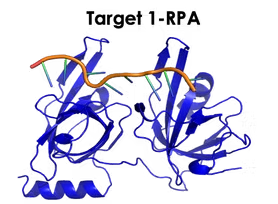
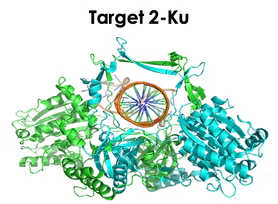
Competitive Advantage:
- Novel targets
- Novel MOA
- Novel Chemistry